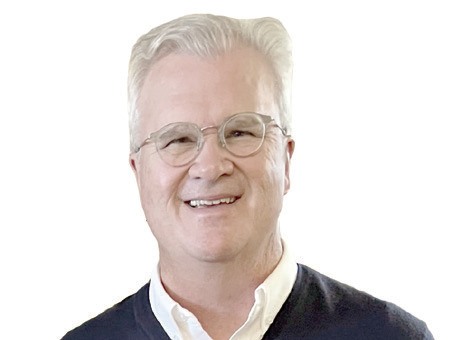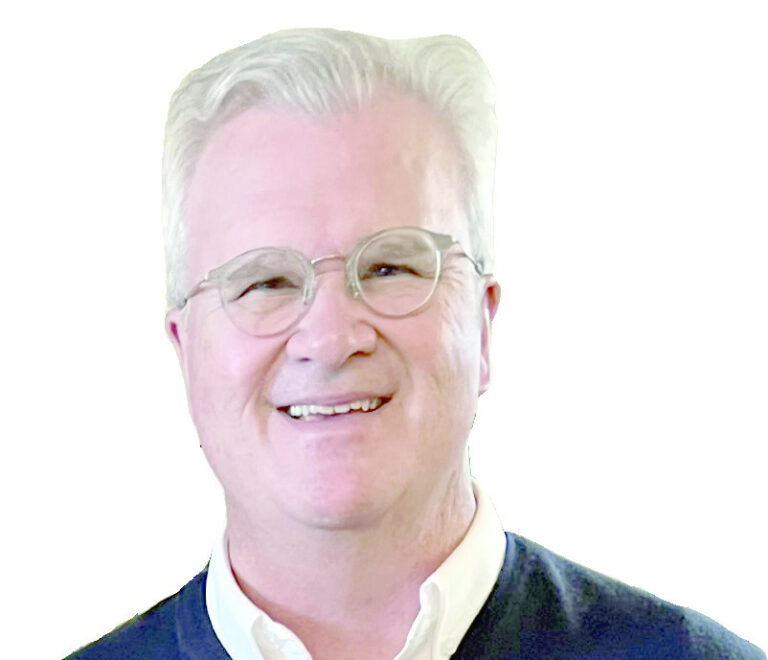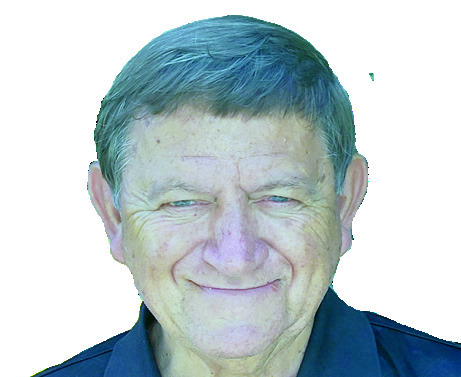Jon Horner: When are you going to retire?
As I approach my 60th birthday, I get that question off and on.
My answer is: “I’m not.” I have no plans to retire. I love what I do, where I work, whom I have the pleasure to work with, and where I live. I’ve joked many times that I plan to work until the friendly folks from the Federal Deposit Insurance Program and the Missouri Division of Finance show up some day and say, “Hey, buddy, how about you start hanging out somewhere else, preferably the Sunrise Cafe lobby.”

Millions of people retire each year. The next question I have been asked so many times is, “How do you prepare financially to retire?” One of my TV heroes, Homer Simpson, has always had the retirement strategy which consisted of praying for a big lottery payday.
I really don’t recommend hanging around the lobby of Fastrip, while hoping and praying for a really good Mega millions or Powerball ticket, as a sound financial planning strategy for you and your family. My dear friend and mentor, Russ Robinson, has a much better formula for how to retire: Spend less than you make.
The next question is what strategies can I use to retire and how can I do so at an early age?
I highly recommend participating in any type of retirement program that may be offered by your employer. In these situations, your contribution will be magnified by an employer match of your investment. This can be life changing for so many people.
When you are young, it’s hard to imagine how impactful an employer match can be for your retirement plans. Especially, then it can augment your anticipated social security retirement income.
Recently, I presented investment information for some local high school students. They were fascinated by how money can grow over time. Regards of your age, investing with a starting amount and growing from there can be an effective and relatively smooth way to invest for your future.
Anytime I show students the incremental impact of investing, even small amounts, can have over 20, 30, 40 or 50 years, they are amazed at how much money they can accumulate. For example, investing $25 per month and gradually increasing the figure by $25 per month over 3 years would become nearly $150,000 over 20 years at a 10 percent return. Another example would be to invest $50 per month and increase the figure by $50 per month each 5 years, which would become $1,104,000 over 40 years at a 10 percent return.
Any type of retirement planning is good. It doesn’t matter how large or small it is. The key is to do something that is reliable and with someone that you trust. On this note, I always remember what my long-time bank attorney and friend, Joe Ellis, used to say, “Return of your investment is far more important than return on your investment.” The key goes back to what Russ said. Controlling your spending will be the key to when and how you retire. There will be good years and not so good years with regards to your ability to manage your money as you desire.
Don’t give up and throw up your hands after a tough year. Keep plowing away. Just remember, your age 65+ version of yourself will be proud of your diligence.
Jon Horner is a local community bank president, published author, and motivational speaker. He can be reached at jonhorner77@gmail.com.




